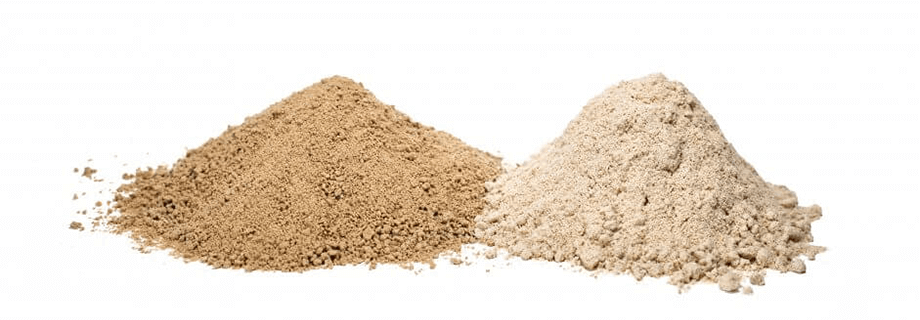Is Silicon an Essential Nutrient? Implications for Processing

It’s well known that dozens of nutrients are essential for health and well-being. Deficiency symptoms of many nutrients have been well-documented over the years. The shocking outcomes of eating an unbalanced, nutrient-poor diet for years continue to become apparent, even in 2019. Also, too much of a nutrient in the right dose does not make it better – overnutrition, leading to obesity, one type of diabetes, inflammation, and likely contributing to a host of disease states, is just as bad, if not worse. In short, balance with nutrition is key.
In addition to this, consider the following:
- Vitamins, essential nutrients, were essentially unknown a little over 100 years ago.
- The functions and importance of vitamin K2 were largely unknown until a few decades ago.
- Effects of nutrients in food on gut microbes are only beginning to be understood.
So, maintaining a balanced intake of nutrients is important, and some of them are not well understood. It’s also quite possible some have not been identified. Silicon, a rare earth mineral, is a good case-in-point.
Silicon is a mineral in the soil that becomes concentrated in the bran portion of grains. Just a few years ago, a mechanism for its absorption from the intestine was identified, which means that’s it’s a nutrient of some importance. This goes well with past research indicating the likely necessity of this mineral in the diet.
What does this have to do with processing? Many industrial processes separate the bran from the kernel. This occurs often, in particular with wheat and rice, and in the latter case, care must be taken to stabilize the rice bran within a matter of hours to avoid rancidity of the residual oil – we’ve covered this before on the Insta-Pro blog. Dry extrusion not only stabilizes rice bran, allowing long-term storage, but also makes it better. In case you’re wondering, rice bran contains about 5% silicon (assuming the rice was grown in silicon-adequate soil).
In nutritional sciences, we should proceed as if we don’t know everything. Processing methods should consider what’s happening to nutrients, even those that we may not know anything about. Choosing methods, like high shear dry extrusion, that provide a thorough cook process, but also maintain and enhance the availabilities of many nutrients, should be the cornerstone of modern food processing systems.



